T4K3.news
Brain patterns drive quick judgments
Neuroscience ties intuition to expertise and pattern recognition in high pressure moments.
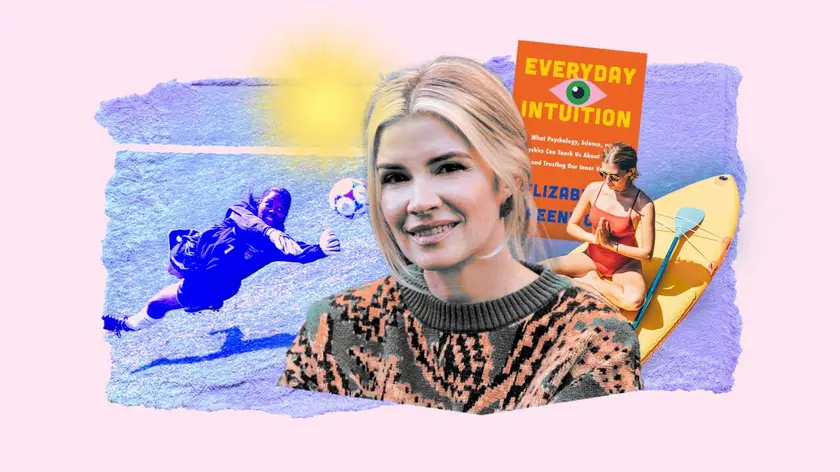
A field guide to how quick gut feelings emerge from years of practice, brain biology, and managing uncertainty.
Intuition grounded in training reshapes how we think
A goalkeeper Briana Scurry’s 1999 World Cup shootout moment is used to explore intuition. Scurry recalls hearing inside her mind to look as Liu Ying prepared to kick, and she says time slowed and she could read the move before it happened. Scientists describe that moment as pattern recognition built from years of practice, not magic. Neuroscience frames the brain in three layers—the reptilian base, the limbic system, and the neocortex—and points to special neurons, von Economo cells, that may help large brains read social cues fast.
The piece presents intuition as expertise, citing Maria Konnikova and John Allman. It distinguishes instinct from intuitive judgment and explains how anxiety and uncertainty can shape decisions. It also offers practical ideas like HALT and cognitive behavioral concepts to prevent rushing into big choices when emotions run high. The author uses examples from everyday life, such as using maps and checking information, to show how we can train ourselves to stay calm and attentive. The overall message is that better intuition comes from self understanding and deliberate practice, not luck, and that embracing uncertainty can sharpen our insights.
Key Takeaways
"Time slowed down. Everything she did was slow motion and very clear."
Scurry describes the moment she chose to look during the World Cup shootout
"Instinct is genetically programmed behaviour necessary for survival."
Allman explains the difference between instinct and intuition
"Intuition is basically another term for incredible domain expertise."
Konnikova on how gut feelings arise from practice
"They involve little or no conscious deliberation."
Hogarth on intuitive bursts
By weaving a famous sports moment with science, the piece makes intuition accessible without oversimplifying. It leans on researchers to argue that intuition is rapid pattern recognition born from deep practice, not a mystical gift. Still, tying VENs so closely to everyday decision making risks turning a complex brain system into a single shortcut.
It also raises important questions about how we talk about uncertainty and anxiety. The writing invites readers to examine their own thinking and to use tools like HALT to pause before acting. If read carefully, the piece can help coaches, students and professionals make calmer, more informed choices under pressure, while reminding us that knowledge grows with time and reflection.
Highlights
- Intuition is discipline in disguise.
- Pattern recognition runs on hours not luck.
- Uncertainty is our birthright and our challenge to master.
- Flow moments show us what training can do.
The science of intuition is evolving, and so are our strategies for living with uncertainty.
Enjoyed this? Let your friends know!
Related News
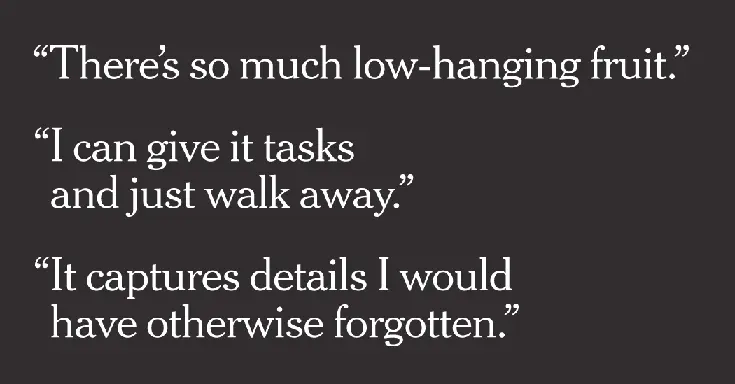
AI tools expand in workplaces

Ex Army Ranger Reclaims Fitness

Body quirks draw online attention
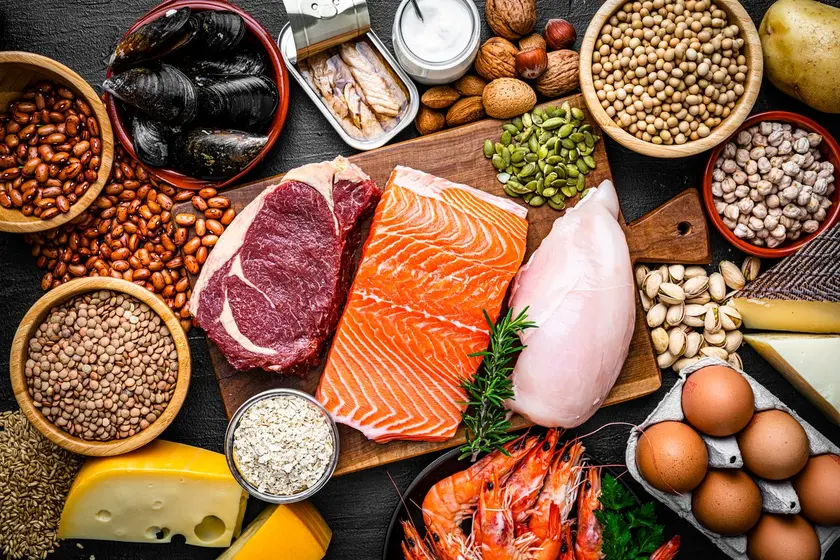
Experts recommend dietary changes for midlife health

Owain James case prompts call for tissue handling reform

Campaign for Owain's law prompts policy debate
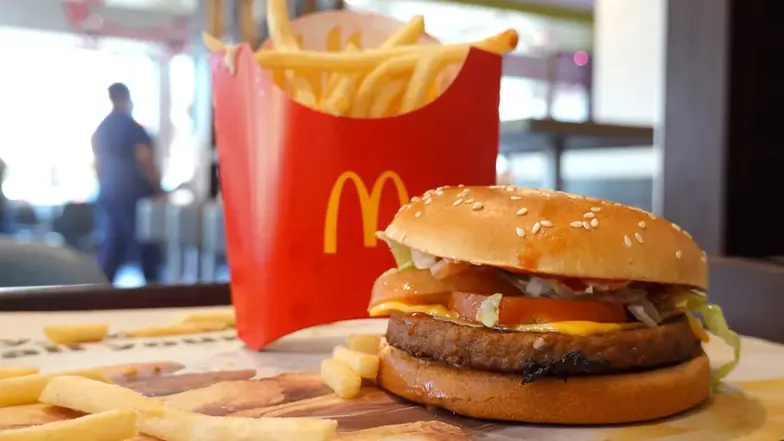
Balanced view on kids and fast food
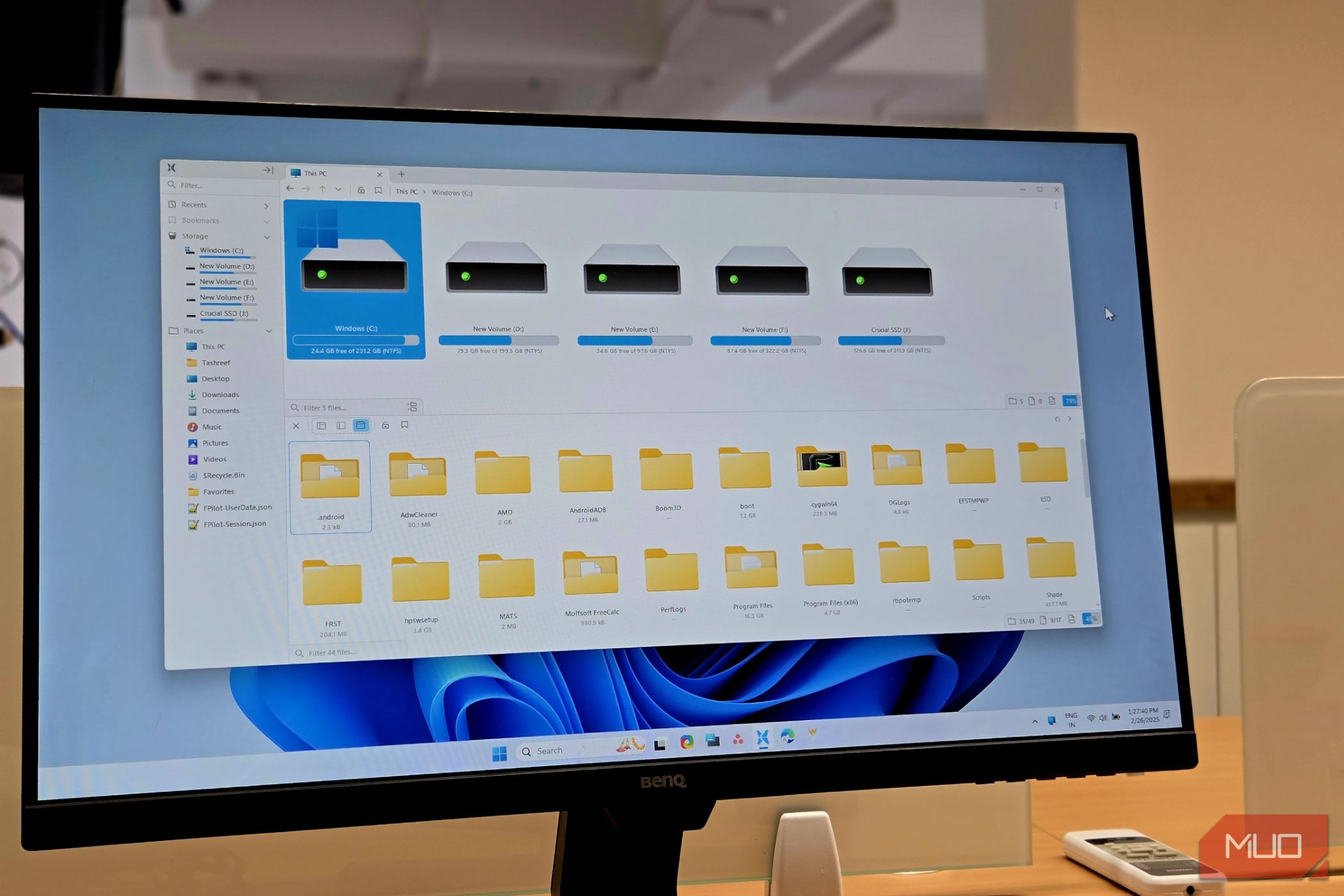
Top Seven File Explorer Add-Ons Released
